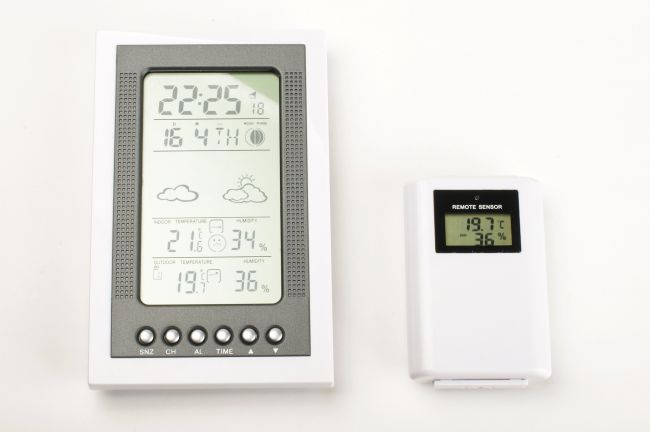Understanding Weather Instruments The Role of Barometers in Forecasting

Weather plays a crucial role in our daily lives, influencing everything from outdoor plans to agricultural productivity. Understanding how weather instruments work can help individuals and professionals alike make informed decisions. Among these tools, the barometer stands out as an essential device for predicting short-term weather changes. In this guide, we’ll explore how barometers work, their significance in weather forecasting, and how they complement other weather instruments.
The Importance of Weather Instruments
Weather forecasting relies on a range of instruments that measure atmospheric conditions, helping meteorologists and enthusiasts alike predict changes in the environment. From thermometers tracking temperature to anemometers measuring wind speed, each tool plays a crucial role in providing accurate weather data.
One of the most important instruments in this category is the barometer, which measures atmospheric pressure. By monitoring pressure changes, this tool helps predict short-term weather shifts, making it invaluable for outdoor enthusiasts, farmers, and even homeowners looking to prepare for sudden changes in conditions.
What is a Barometer and How Does it Work?
A barometer is a scientific instrument designed to measure air pressure. Changes in pressure can indicate incoming weather systems, such as storms or fair weather conditions. In general, there are two main types of barometers you should know of, including the following:
- Mercury Barometers: these use a column of mercury to measure air pressure, with changes in mercury height reflecting atmospheric variations.
- Aneroid Barometers: more common in modern applications, these devices use a sealed metal chamber that expands or contracts with changes in pressure.
When pressure drops, it usually signals stormy or wet weather. Conversely, a rise in pressure often means clear skies and stable conditions. This makes barometers essential tools for weather forecasting, particularly in maritime, aviation, and agricultural sectors.
Different Types of Weather Monitoring Tools
While barometers are crucial for pressure readings, they are often used alongside other weather instruments for a more comprehensive forecast. Some of the most common tools include:
- Thermometers
- Hygrometers
- Anemometers
- Rain Gauges
Thermometers
Thermometers measure temperature, providing valuable insights into climate conditions. Digital thermometers are widely used today due to their accuracy and ease of use. They are essential for tracking temperature fluctuations that can indicate weather changes.
Hygrometers
A hygrometer measures humidity levels in the air. High humidity can indicate rain, while low humidity levels are often associated with dry conditions. These instruments are commonly used in weather stations, greenhouses, and homes to monitor moisture levels.
Anemometers
These devices measure wind speed and are especially useful for sailors, pilots, and meteorologists who track wind patterns for safety and navigation purposes. Wind speed data is crucial for determining storm intensity and planning outdoor activities.
Rain Gauges
Rain gauges help monitor precipitation levels, providing crucial data for water management, agriculture, and climate studies. Accurate rainfall measurements assist in flood prediction and drought monitoring.
How to Use a Barometer for Accurate Weather Predictions
To get the most out of a barometer, it’s essential to understand how to read and interpret its measurements. For the most reliable results, follow these simple steps:
- Monitor trends: a consistent drop in pressure suggests an approaching storm while rising pressure indicates improving conditions.
- Combine readings with other tools: using a barometer alongside a thermometer and hygrometer provides a clearer weather picture.
- Regular calibration: ensure your barometer is calibrated correctly for the most accurate readings.
- Keep an eye on sudden changes: rapid fluctuations in pressure often indicate extreme weather events like storms or strong winds.
Conclusion
Understanding the role of weather instruments, especially barometers, can enhance your ability to anticipate weather changes effectively. Whether you’re an outdoor enthusiast, a farmer, or simply someone who enjoys tracking the weather, a reliable barometer can provide valuable insights into atmospheric conditions. For those looking for high-quality weather instruments, explore the range of barometers and other tools available at ClimeMET to elevate your forecasting skills.


